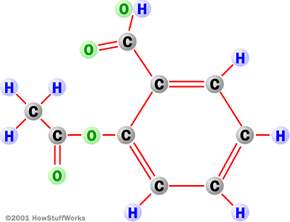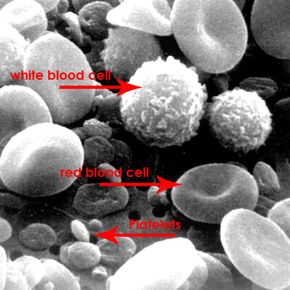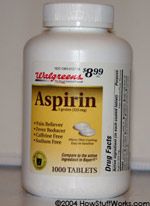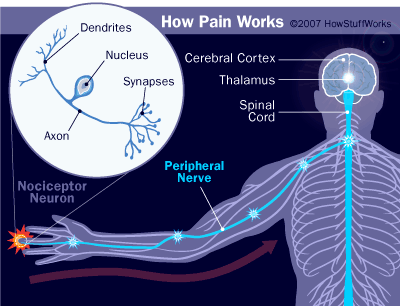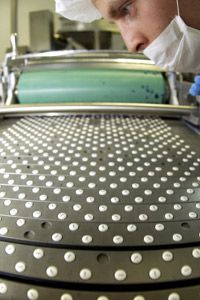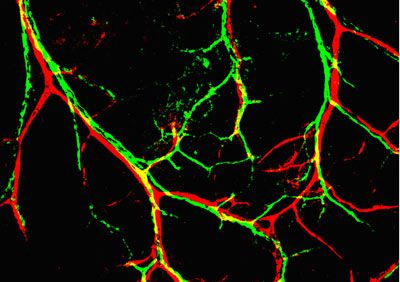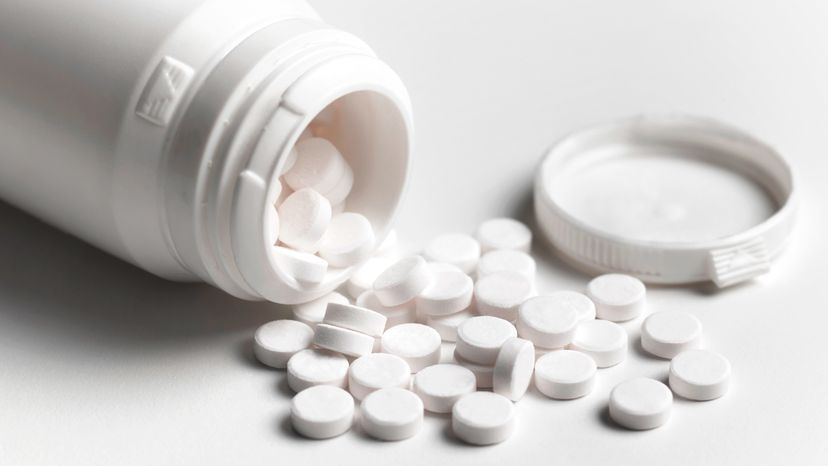
Have you ever had a headache? Chances are you have; almost all of us do once in a while. And chances are you took some kind of medicine to ease your headache. That medicine was most likely a relative of aspirin.
You may also have taken aspirin or its relatives for other problems, like inflammation (swelling of joints or other parts of the body) or fever. But did you know that about 80 billion aspirin tablets are taken per year for these problems, as well as many others? For example, millions of people take aspirin to help prevent heart attacks. There are good reasons a doctor might say, "Take two aspirin and call me in the morning."
Advertisement
In this article, Dr. Luke Hoffman leads an exploration of aspirin. You will learn about the many benefits of aspirin, as well as some good reasons not to take this medication. You will also come to understand why Bayer has called aspirin "the wonder drug that works wonders."
Aspirin is a member of a family of chemicals called salicylates. These chemicals have been known to people interested in medicine for centuries.
One of the first and most influential physicians, Hippocrates, wrote about a bitter powder extracted from willow bark that could ease aches and pains and reduce fevers as long ago as the fifth century B.C. In the 1700s, the scientist Reverend Edmund Stone wrote about the success of the bark and the willow in the cure of the "agues," or fevers with aches. With a bit of chemical detective work, scientists found out that the part of willow bark that was (1) bitter and (2) good for fever and pain is a chemical known as salicin.
This chemical can be converted (changed) by the body after it is eaten to another chemical, salicylic acid. It was a pharmacist known as Leroux who showed in 1829 that salicin is this active willow ingredient, and for many years it, salicylic acid (made from salicin for the first time by Italian chemist Piria), and close relatives were used at high doses to treat pain and swelling in diseases like arthritis and to treat fever in illnesses like influenza (flu).
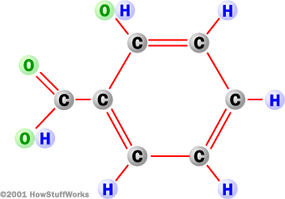
In the next section, we'll look at the development of aspirin.
Advertisement
